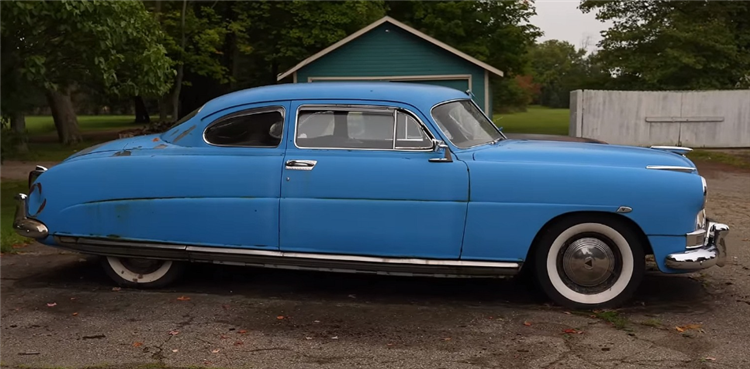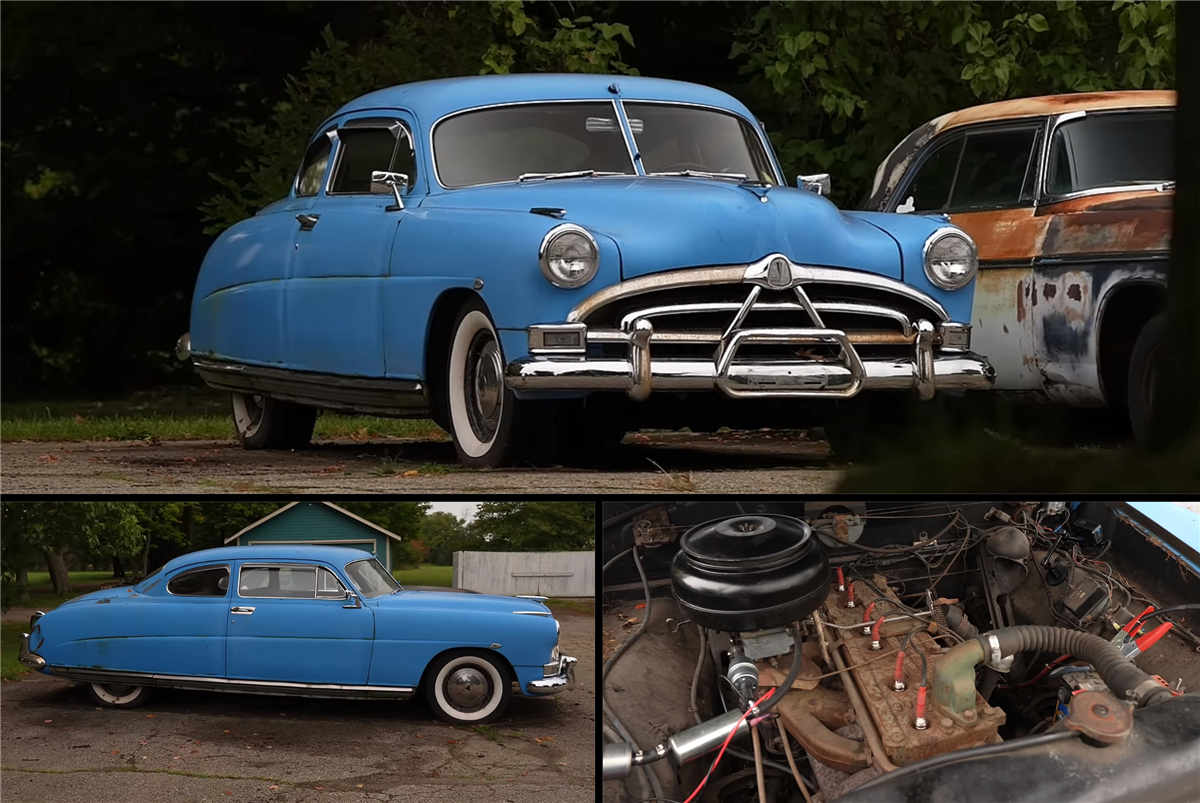Hudson Motor Company, founded in 1909, went out of business in 1957, three years after merging with Nash-Kelvinator. The Detroit-based business is now almost forgotten, but it did produce some amazing cars. Possibly the most recognizable is the Hudson Hornet.
The 1950-released Hornet was constructed using the same “step-down” construction as the 1948 Commodore. The layout did not completely combine the body and chassis into a single structure, unlike a unibody. Instead, between the chassis rails, the floor panels were recessed. Later in the 1950s, the style was widely used as the perimeter frame.
The “step-down” chassis made it possible to reduce the car’s center of gravity and construct a body with a lower center of gravity. Therefore, the Hornet not only had a more fashionable and sleek appearance, but it also had superior handling. It was also widely regarded as one of the most comfortable cars of the day, often being compared to more expensive Cadillacs.

From 1952 to 1954, the Hornet, a 5.0-liter inline-six with 145 horsepower, was the car to beat on NASCAR ovals. Astonishingly, the Hudsons, a vehicle targeted at the premium market, won 66 NASCAR Grand National races in three years, with just minor modifications. Through 1954, when the car was modified and the “step-down” frame was dropped, Hudson’s involvement in NASCAR assisted in the sale of more than 131,000 Hornets.
But despite its legendary NASCAR status and appearance in the “Cars” film, the Hornet is not quite as desirable as other 1950s classics from the Big Three. This also means that many examples remain abandoned in junkyards as they rot away under full exposure to the elements. The 1951 two-door coupe you see here is one of the lucky ones, having just been revived by Hagerty’s David Reckow.
Parked in a yard next to a couple of rusty rigs, this Hornet last touched a public road several years ago. But the car is still in excellent condition, with no significant rust damage visible on the outside. Sure, the blue paint is weathered in places, but the chrome still shines, and the body panels are still straight for the most part.

In short, it’s an unrestored survivor that still has plenty of life in it. What’s it doing sitting in a yard, then? Well, the old inline-six is no longer running, and it had a few issues when the Hornet was parked many years ago. Fortunately, David knows quite a few things about getting old rigs running again and revived the legendary Twin-H powerplant.
The straight-six not only agreed to start even though it hadn’t guzzled gas in a very long time, but it also had enough power to drive the svelte two-door for the first time in a very long time. That’s wonderful news for a wonderful automobile. Even though this one didn’t run on NASCAR circuits with the “Fabulous Hudson Hornet” lettering, it has the potential to go down in history as a legendary survivor.
